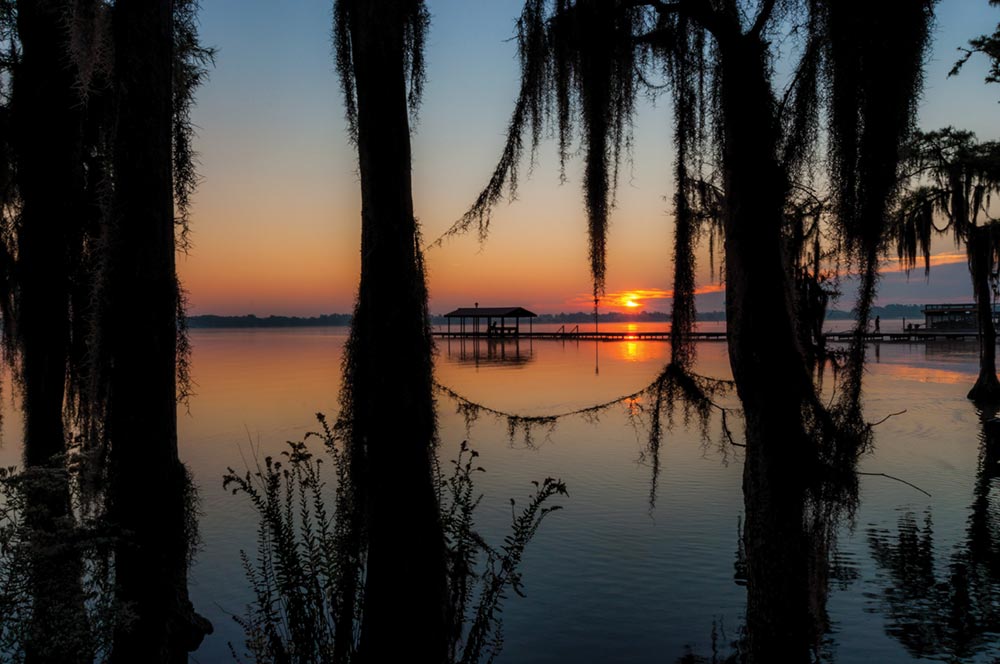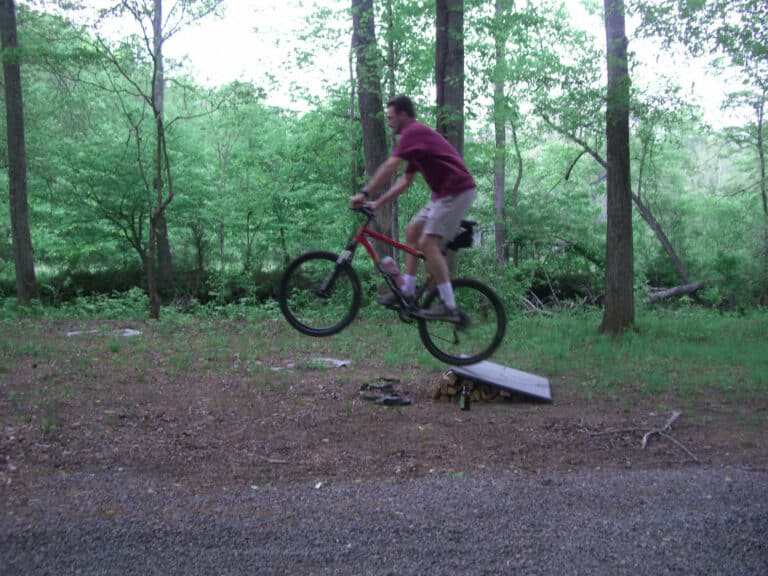You’ve hit the crowded, big-name parks like Great Smoky Mountains or famous mountain towns like Asheville. And yes, those places are busy for a reason—they’re awesome. But there are plenty of lesser-known Southern spots just waiting to be found. Here are four under-the-radar destinations in the region worth exploring for your fall adventures.
Big South Fork National River & Recreation Area, Tennessee & Kentucky
When it comes to big pieces of public land in the Southeast, plenty of attention is rightfully directed toward several big names. The 469-mile Blue Ridge Parkway is the most popular, with 14.1 million recreational visits in 2020, according to the National Park Service. Close behind is Great Smoky Mountains National Park, with 12.1 million visits amid 522,419 acres. Even the much smaller DuPont State Forest (at 12,500 acres) reported a record 1.2 million visitors during 2020. Yes, the COVID-19 pandemic boosted numbers, but these park units had been seeing rising visitation for years.
In comparison, the Big South Fork National River & Recreation Area’s 125,310 acres saw fewer than 800,000 visitors in 2020. Located about 70 miles northeast of Knoxville, the rec area straddles the Tennessee-Kentucky state line. The reason for its under-the-radar status is probably a combination of factors. It’s remote, with a low surrounding population. It has fewer amenities. And many highlights are a bit more rugged.
While hiking trails closer to visitor centers and trailheads are maintained, the farther out you go, the segments become rougher with less signage. Top hikes include Angel Falls Overlook and Angel Falls Rapids, Twin Arches Upper and Lower Loops, or the Middle Creek Loop, which passes several Native American rock shelters.
Area mountain biking options are also growing, with the Big South Fork Bike Club building and maintaining trails, particularly those around Bandy Creek which were designated an IMBA Epic in 2012.
On the Big South Fork of the Cumberland River, there are several opportunities for paddling, from easy day floats to overnight canoe trips and a few whitewater runs, including the six miles of class III-IV from the confluence to Leatherwood Ford. All told, if you’re willing to rough it a bit more, you’ll be rewarded for your troubles.
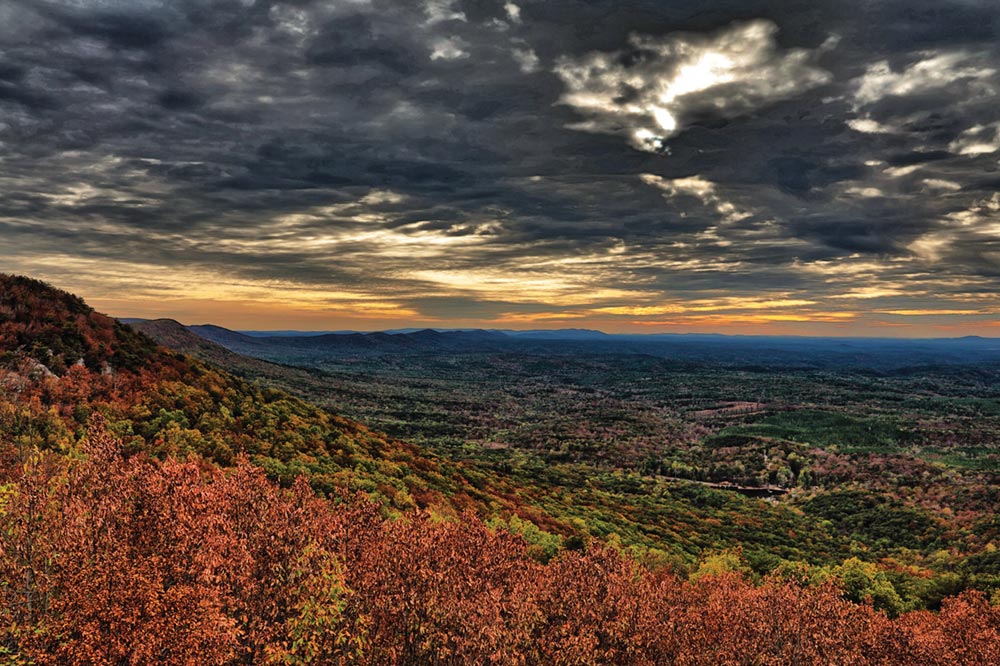
Talladega National Forest, Alabama
Few forests seem more forgotten than this one in central Alabama. Two units—the northeastern Shoal Creek plus Talladega Ranger Districts and the southwestern Oakmulgee District—sum to a little under 400,000 acres. That’s only 20 percent smaller than better-known Pisgah National Forest or Great Smoky Mountains National Park, yet Talladega sees far fewer visitors.
Sure, it’s a somewhat narrower season due to the lower elevation. The highest point in Alabama is Cheaha Mountain, in Cheaha State Park, at 2,413 feet, which is only 279 feet taller than the elevation of Asheville, N.C. But that just means fall is a perfect time to explore what Talladega has to offer, with colors beginning to peak around mid-to-late October depending on the elevation and seasonal variations.
Outdoor adventurers should aim for the two northeastern districts, which include the southern end of the Appalachians. Here you’ll find plenty of short hiking trails, including some that lead to waterfalls, like six-mile Chinnabee Silent Trail. Others lead into the 7,245-acre Cheaha Wilderness Area. If you’re looking for a longer challenge, consider backpacking part of the 335-mile Pinhoti Trail, which has its southern terminus in the national forest at Flagg Mountain.
There are also a variety of camping options throughout the area, from forest service campgrounds with hot showers to primitive dispersed sites to private RV resorts. For wheeled pursuits, the Talladega Scenic Byway runs for 26 miles south along AL-281 from Heflin, near I-20. With four loops totaling 23 miles, the Kentuck (not a typo!) ORV Trail is built for dirt bikes, ATVs, and mountain bikes. And speaking of mountain biking, the 14-mile Sylaward Trail is 14 miles known for flow, which recently opened at Lake Howard Recreation Area.
Elsewhere in the region, you can stop by Birmingham for city attractions or supplies, which recently got an REI. Drive the Selma to Montgomery National Historic Trail or the U.S. Civil Rights Trail. Near Selma, there are the ghost towns of Old Cahawba Archeological Park to explore. Or just over the state line, check out Georgia’s Little Grand Canyon at Providence Canyon State Park.
Bladen County, North Carolina
Amid the sandy inner coastal plain, near Elizabethtown, N.C., two mysteries coexist. The first is the uncertain geologic origin story of the Carolina bays. Along the eastern seaboard, there are around a half million of these symmetrical depressions, with the highest density occurring in the Carolinas. Bladen County is home to some of the most intact and preserved of these bays, with many remaining year-round lakes. The other mystery: Why don’t more people visit this area?
The highlight of this destination is by far a cluster of lakes, each with its own unique qualities. White Lake and Bay Tree Lake are the developed ones, with boat rentals, RV hookups, and resorts. Singletary Lake and Jones Lake, each in a state park of the same name, are the rustic lakes, mostly preserved as they once were but with added amenities like beaches, swimming areas, and campgrounds. And Salters Lake, at Jones Lake State Park, is the wilderness lake, entirely undeveloped and preserved, which can be reached by a 3.5-mile hike. All three of these intact bay lakes can be paddled, but be aware that Salters necessitates hiking in boats or arranging drive-in access via sandy roads with park staff.
Interwoven through the area is Bladen Lakes State Forest, which at 33,000 acres is the largest state forest in North Carolina. Visitors will find trails for hiking, biking, and horseback riding, plus over 150 miles of forested roads to explore and a primitive area for dispersed camping.
Over in Elizabethtown, the Browns Creek Bike Park & Nature Trail offers 13 miles of flow and jumps on a hillside above the town.
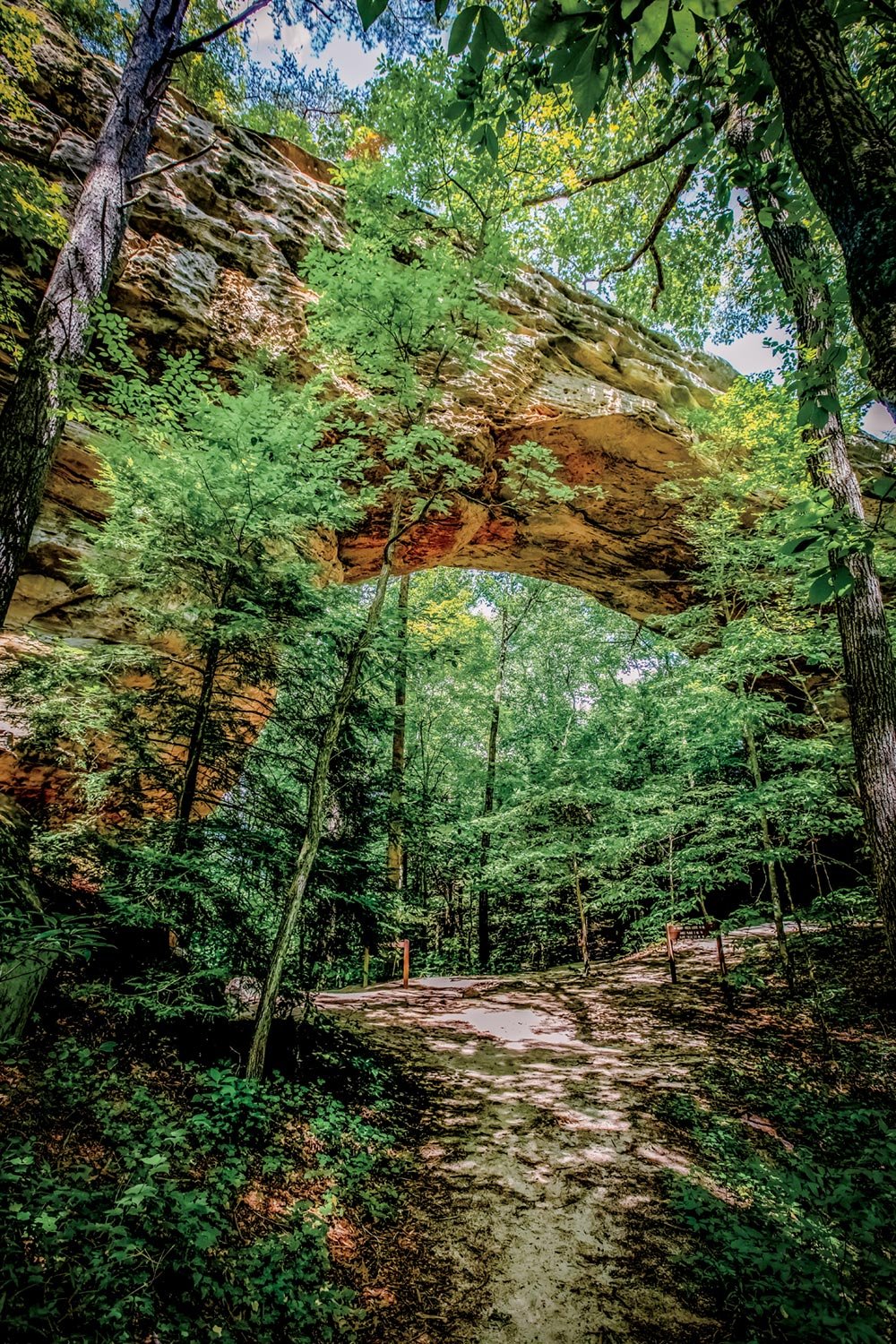
Lookout Mountain and Chattanooga, Tennessee & Georgia
At this point, Chattanooga has probably moved from up-and-coming to discovered destination, but that doesn’t mean there aren’t lesser-known highlights to seek out in the area. While much of the activity on Lookout Mountain is concentrated on the Tennessee side, near Ruby Falls, consider heading south to the Georgia side.
There you’ll find Cloudland Canyon State Park. At 3,538 acres it’s one of the larger state parks in Georgia. There are 72 miles of hiking trails, many of which lead to waterfalls and stunning vistas. The park also offers about 30 miles of mountain bike trails and over 100 campsites, plus cottages and yurts.
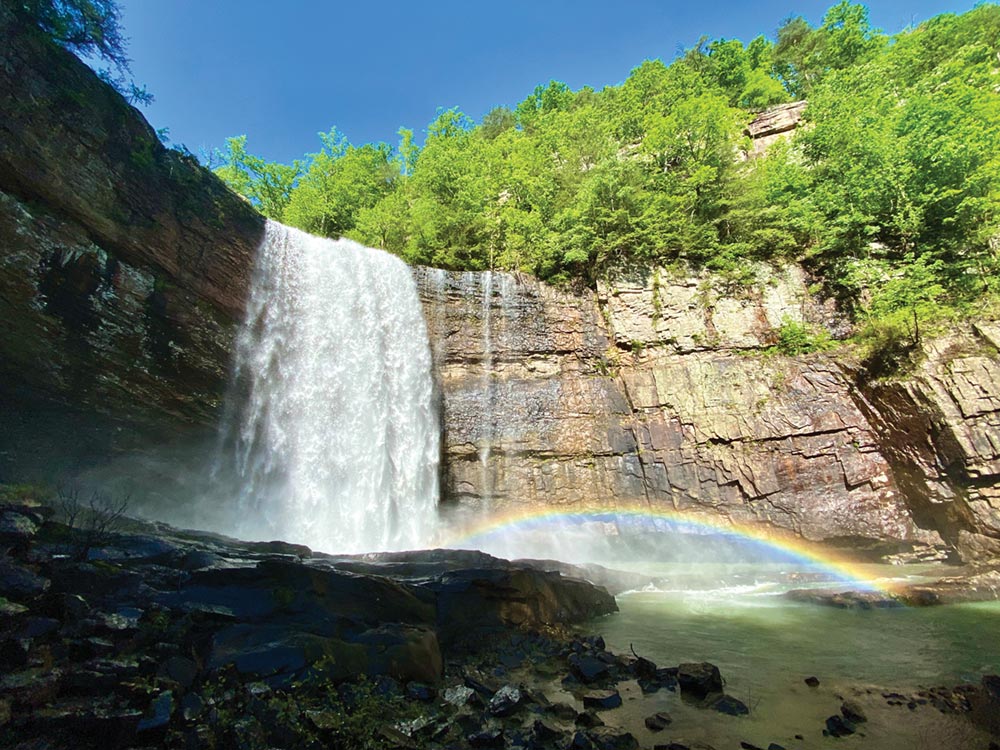
Not far away on Lookout Mountain is the Lulu Lake Land Trust, which limits visitation to about 100 vehicle permits per day during the first and last weekends of every month. This nonprofit park offers about eight miles of trails, classic Appalachian views, and a 120-foot waterfall to ogle. Reservations can be made up to two months in advance.
Chattanooga also has great hiking options, including the Lookout Mountain Trail System which offers 30 miles of paths winding through historic battle sites and along scenic bluffs. And don’t forget area mountain biking, like the Bauxite or the fast and popular Enterprise South.
And, of course, there’s always a stop in the city itself. Home to a dozen breweries, a few of the under-the radar spots include Mad Knight, Oddstory, or Tenasi. While in town, there’s also the Chattanooga Riverwalk, a nice 16-mile paved path along the Tennessee River, perfect for walking and biking.
Cover photo: Sunrise above White lake in Bladen County, N.C. photo courtesy of VisitNC.com
